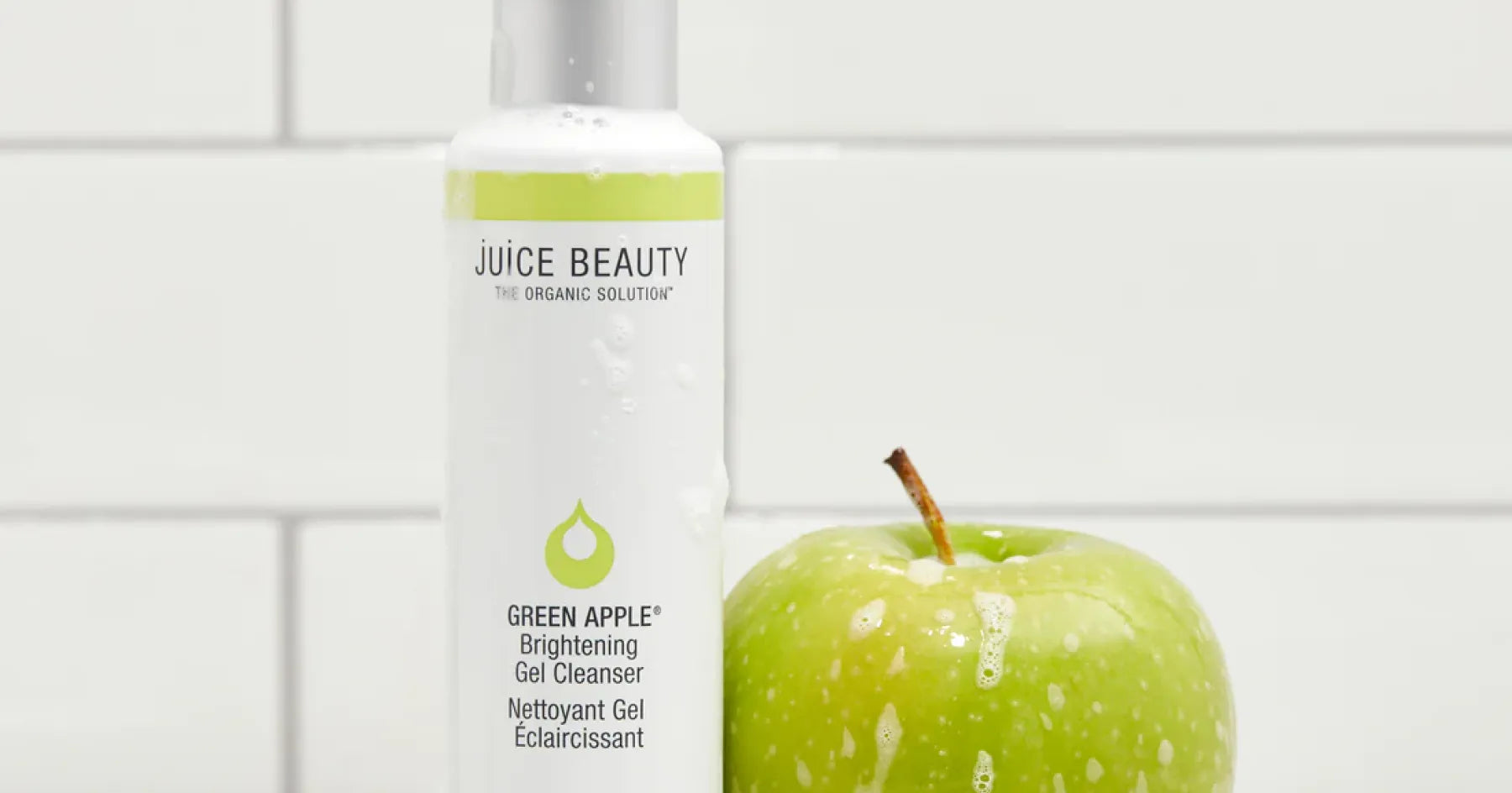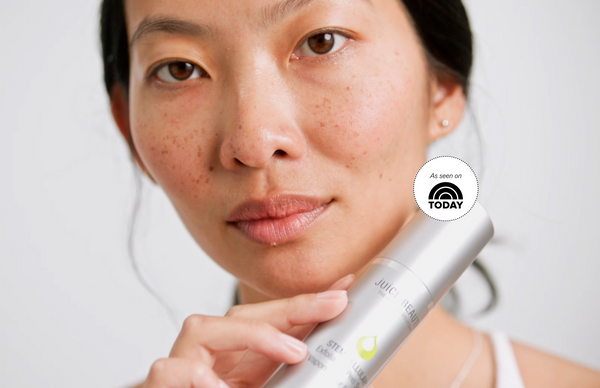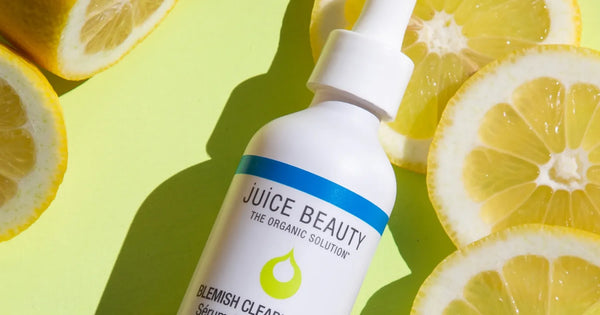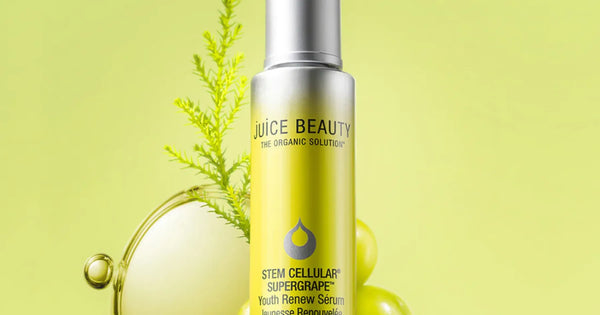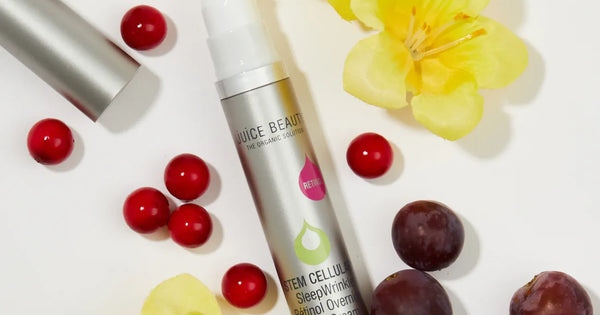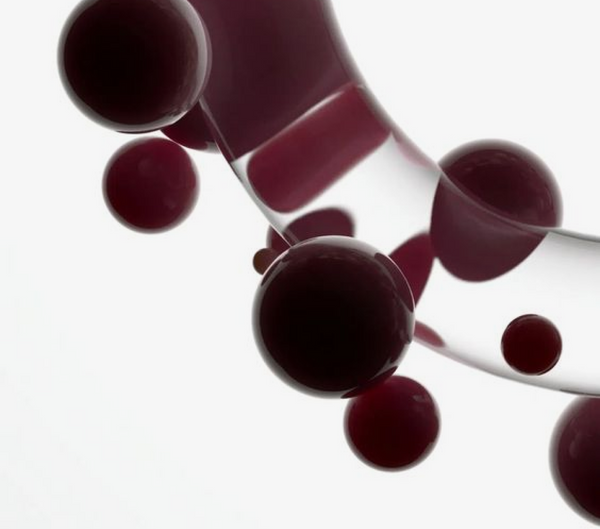The nights are getting longer, and the air is getting colder. Even though it feels like summer just ended, winter is almost here — which means a whole new world for your skin.
While we might enjoy a winter wonderland from time to time, our skin doesn’t do so well in the cold. Low temperatures and even lower humidity levels can cause a number of problems for your complexion, so it’s important to take care of your skin during the coldest months of the year.
Today, we’ll dive into the details of a winter skincare routine. It’s not as simple as pulling a scarf over your nose (though that definitely helps). In this article, we’ll break down exactly which products to use, what areas of your skin will need the most care, and how you can maintain healthy and hydrated skin this winter season.
How Does Cold Weather Affect Your Skin?
Depending on where you live, November through March can be a war zone of winter weather. Ice storms, several feet of snow, and frigid temperatures are trademarks of the winter season.
While a good winter coat and a pair of gloves can prevent a lot of this cold from seeping in, the exposed parts of your body — namely, your face — aren’t always so lucky.
Especially if you have dry skin, the winter can be a dangerous time for your skin. Cold weather is known to suck the moisture out of everything around it, including your skin. For naturally dry skin types, this lost water can mean the difference between chapped lips and cracked skin.
How Does Cold Weather Affect Skin?
When it comes to the winter months, it’s not just the icy wind and red-tipped noses you have to worry about. Your skin can suffer a lot of side effects from low temperatures. Every skin type is at risk, from normal skin to dry to even oily skin.
Flaking Skin
One of the most common side effects of cold weather on skin is dryness. Sometimes, this just means chapped lips when walking in the wind. However, some people experience flaking skin due to winter dryness.
When your skin dries out in the winter, the top layers of skin lose so much moisture that the skin cells die, essentially becoming empty husks sitting on top of your skin. The flakes are made up of these dead skin cells.
This dead skin can look like white dust or tiny white flakes similar to dandruff that shed on their own. They can also come off in larger flakes, some as large as a fingernail. Especially when the flakes are that big, some people will even experience peeling skin during the winter.
Redness and Rashes
Flaking or scaling skin isn’t the only side effect of winter weather. The dryness that comes with increasingly colder temperatures can also result in red, itchy skin.
Unlike skin conditions like psoriasis or eczema that can cause rashes year-round, this type of irritation is specific to the winter. Dermatologists call it a “winter rash.” It happens when the skin’s loses so much of its natural moisture that the surface becomes thin, tight, and weak from the weather. Irritated skin often turns red, starts to itch, and develops a lasting rash.
Wrinkles
Dry skin during the winter also impacts the deeper layers of skin. In the dermis and hypodermis, cold weather can lead to fine lines and wrinkles in the skin.
In order for your skin to stay supple, it needs to be hydrated. Water and other healthy oils nourish your skin and create volume in your skin layers. When the skin loses too much water to the cold outside temperatures, it tends to dry out and shrivel up, leaving it vulnerable to wrinkles.
Without enough moisture to keep the skin flexible, it can start to sag, leading to deep-seated creases in what was once the fullest parts of your face.
3 Winter Skincare Tips
The best way to avoid the side effects of cold weather is to build a skincare routine meant for the season. To get you ready for the oncoming storm, we’ve put together a list of our top three winter skincare tips to keep your complexion supple and strong all winter long.
1. Prioritize Hydration
Winter weather is a threat to your skin because of how dry it can make your face. Flaking skin, winter rash, and even weather-induced wrinkles are all the result of too much missing moisture. So, to treat these side effects of cold temperatures, all you need to do is replace the water you lost.
The best thing you can do for your skin in the winter is to prioritize hydrating in your skincare routine. Look for products made with emollients and other hydrating acids, like hyaluronic acids and niacinamide. Botanicals can also be extremely nourishing, especially plant-based oils.
Our Prebiotix C-Boost71 Hydrating Whipped Cream uses all three of these ingredients to nourish your skin in the winter months.
In this formula, 10% ascorbic acid (also known as vitamin C) visibly brightens skin, 2% niacinamide helps lock in moisture behind a strong skin barrier, and 8% hydration skin barrier blend brings together the most potent emollients for long-lasting hydration that can withstand even the coldest temperatures.
2. Opt for Heavier Moisturizers and Creams
There is no such thing as too much hydration, especially when the air is so cold and dry. In addition to hydrating treatments and serums, don’t forget to cap off your skincare routine with a highly hydrating moisturizer.
Our Stem Cellular Anti-Wrinkle Ceramide Overnight Cream delivers intense hydration as you sleep for a supple and nourished complexion, despite the winter season. Made with olive-derived squalene and plants rich in antioxidants, this nourishing moisturizer works to replenish, restore, and renew your skin overnight. No wonder over 90% of clinical study participants reported softer, more supple, and moisturized skin.
3. Exfoliate Regularly
Winter skincare isn’t just about locking in moisture. It’s also important to clear away any dry skin that does develop. This is why exfoliation is especially important during the winter months.
Exfoliating helps avoid flaking skin by removing dead skin cells before they have the chance to build on and eventually fall from the skin. However, you have to be careful not to use harsh ingredients that might irritate skin that’s already sensitive from the cold weather.
Our Green Apple Brightening Cleanser is formulated to wash away any trapped debris without irritating the skin. Ingredients like organic apple juice (malic acid) and raw cane sugar make this exfoliator gentle on your skin while remaining tough on dead skin cells.
Bundle Up (and Layer Up) This Winter
Winter can be a risky season for your skin, but it doesn’t have to be a death sentence. With the right skincare routine, you can fuel your skin with all the nutrients it needs to withstand the cold temperatures. For smooth skin all year long, all you need is the right winter routine and the right winter skincare.
Sources:
Cold weather and your skin | American Academy of Dermatology
Skin hydration: a review on its molecular mechanisms | National Library of Medicine
Winter Rash: What It Is and Treatments | Cleveland Clinic
Anatomy of the Skin | Stanford Medicine Children's Health
